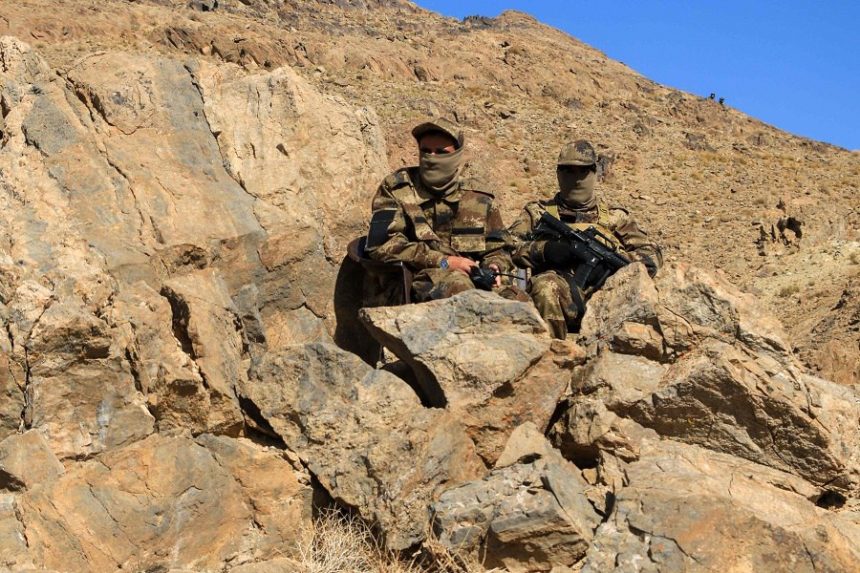RASC News Agency: Afghanistan’s geographical landscape, primarily sculpted by the Hindu Kush mountain range and its environs, harbors vast potential for abundant mineral reserves. In 2006, a cadre of American researchers conducted an aerial survey of the country, estimating Afghanistan’s mineral deposits to be worth an astonishing trillion dollars. The purpose behind this survey and subsequent political assessments was to entice foreign investors, particularly those from neighboring nations, to engage in Afghanistan’s mining industry. The ultimate goal was to mitigate the economic challenges faced by the Kabul regime and diminish its reliance on financial support from the United States.
In an attempt to attract foreign direct investment, Kabul relied on unverified mineral deposits, leveraging data from both US aerial surveys and Soviet-era records. However, notwithstanding instances of illegal mining involving Kabul officials and their supporters, as well as a few investment agreements like the Aynak copper mine project, Afghanistan’s mining industry has not experienced substantial foreign investment. Despite the return of the Taliban, who aspired to leverage the country’s potential mineral resources to revive their struggling economy, there has been limited foreign investment or significant industrial development in the mines, aside from a handful of small-scale projects and preliminary agreements.
Numerous factors contribute to this lack of investment, ranging from international sanctions to internal security concerns. However, the primary obstacle lies in the pervasive corruption deeply rooted within both the former Kabul government and the current Taliban regime. This systemic corruption, manifesting in various forms, obstructs the investment and development of mineral mines in Afghanistan, impeding the country’s economic growth and stability.
The persistent issue of corruption has significantly weakened Afghanistan’s regimes. The downfall of the former Kabul regime can largely be ascribed to the rampant corruption that depleted the government of its resources and credibility. Despite the Acting Ministry of Mines and Petroleum’s assertions of complete transparency in mining contracts, a meticulous investigation into the mining policies and practices of the Taliban group unveils deepening levels of corruption surrounding the mining sector.
Amidst this scenario, a closer examination of one of Afghanistan’s mines, namely the Nooraba-Samti Placer gold mine in Takhar province, presents a nuanced and intricate portrayal of the gradual deterioration of the Taliban group’s mining industry within the bounds of the law.
It is worth mentioning that the Nooraba-Samti placer mine has garnered significant attention due to the geological and mining surveys conducted in 1977 by Afghanistani citizens and Russians. These surveys claimed the existence of approximately 31 tons of gold reserves, further amplifying the significance of this particular mine.






